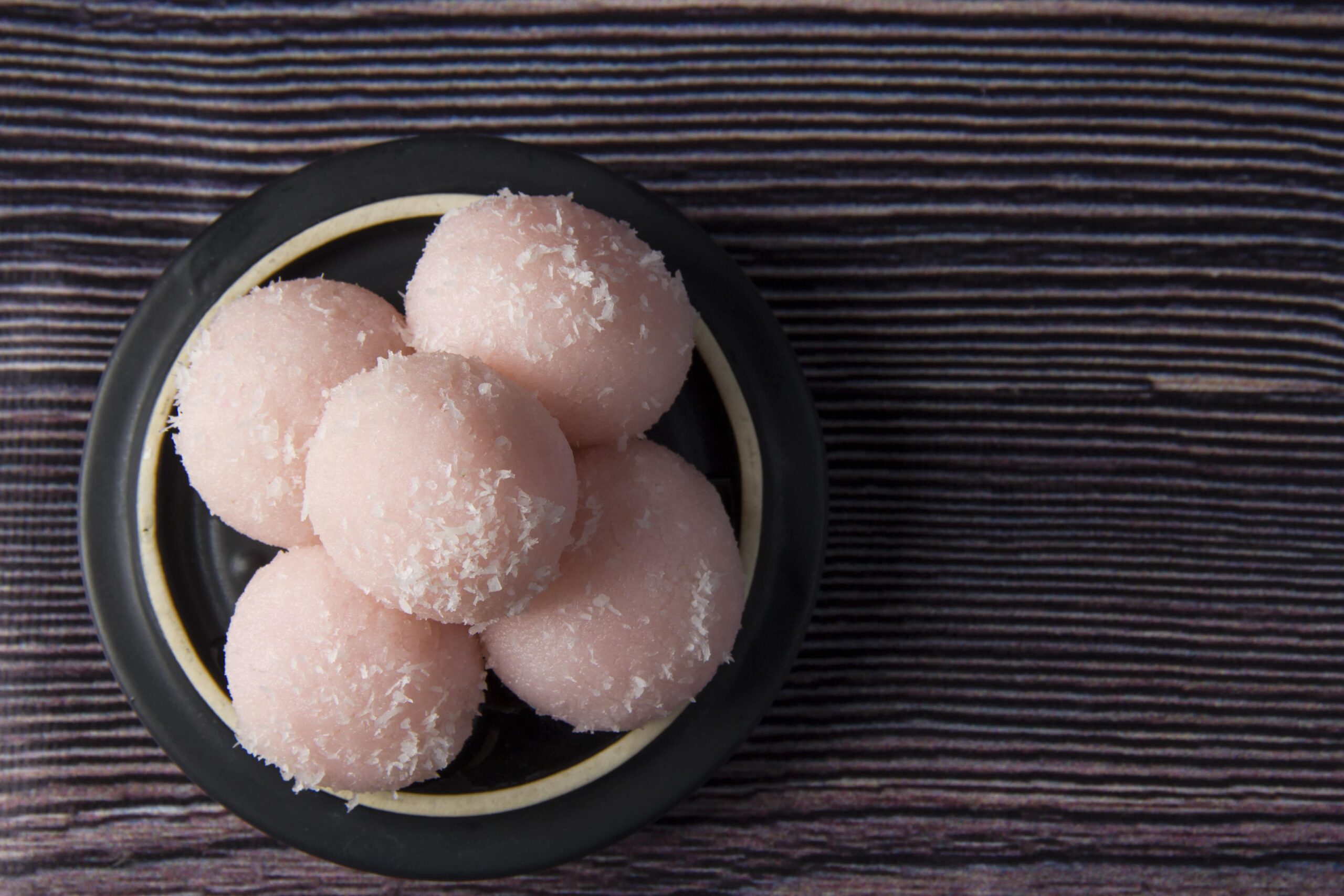In the world of baking, few things are as captivating and rewarding as the art of sourdough. Originating centuries ago, sourdough bread is a testament to the magic of fermentation and the power of natural leavening agents. Beyond its distinct tangy flavor and chewy texture, sourdough embodies a tradition that transcends time, connecting bakers across generations and continents. Join us as we embark on a journey into the heart of sourdough, exploring its history, science, and techniques to perfect your own loaves.
The History of Sourdough: From Ancient Beginnings to Modern Revival
Sourdough bread traces its roots back thousands of years, with evidence of its consumption found in ancient civilizations such as Egypt and Mesopotamia. Before the advent of commercial yeast, bakers relied on wild yeast and lactobacilli bacteria naturally present in flour and the environment to leaven their bread. This symbiotic relationship between yeast and bacteria gives sourdough its characteristic flavor and texture.
While sourdough fell out of favor with the rise of commercial yeast in the 19th century, it has experienced a resurgence in recent years, fueled by a growing interest in artisanal baking and traditional foodways. Today, sourdough enthusiasts around the world are rediscovering the joys of baking with natural leavening agents, embracing the slow fermentation process and unique flavors that sourdough offers.
The Science Behind Sourdough: Understanding Fermentation and Gluten Development
At the heart of sourdough bread is the process of fermentation, where wild yeast and lactobacilli bacteria metabolize sugars in the flour, producing carbon dioxide gas and organic acids. This process not only leavens the bread but also contributes to its complex flavor profile. The longer fermentation times typical of sourdough also allow for the development of gluten, resulting in a more elastic dough and chewier crumb.
To cultivate a thriving sourdough starter, bakers combine flour and water to create an environment conducive to microbial growth. Through regular feedings and proper care, the starter becomes populated with a diverse community of yeast and bacteria, ready to leaven bread and impart its signature tang.
Perfecting Your Sourdough: Tips and Techniques for Success
While sourdough baking requires patience and practice, the rewards are well worth the effort. Here are some tips to help you master the art of sourdough:
- Maintain a Healthy Starter: Regularly feed your sourdough starter to keep it active and vigorous. Use it when it’s at its peak activity for best results.
- Experiment with Flours: Different types of flour can impart unique flavors and textures to your sourdough. Try mixing whole wheat, rye, or spelt flour into your dough for added complexity.
- Practice Patience: Sourdough baking is a slow process that can’t be rushed. Embrace the rhythm of fermentation and allow your dough to develop flavor and structure over time.
- Master the Basics: Start with simple sourdough recipes and techniques before branching out into more complex variations. Focus on mastering the fundamentals of mixing, shaping, and baking.
- Trust Your Senses: Pay attention to the look, feel, and smell of your dough throughout the baking process. Use your senses to guide your decisions and make adjustments as needed.
Conclusion: Embrace the Journey of Sourdough Baking
In a world dominated by mass-produced breads and quick-rise yeasts, sourdough stands as a beacon of tradition and craftsmanship. By delving into the art of sourdough baking, we not only connect with our culinary heritage but also gain a deeper appreciation for the natural processes that transform simple ingredients into something truly extraordinary. So roll up your sleeves, dust off your apron, and embark on a journey into the world of sourdough – your taste buds will thank you.








